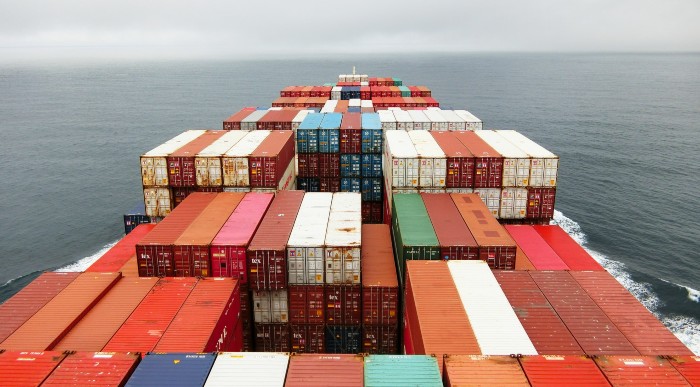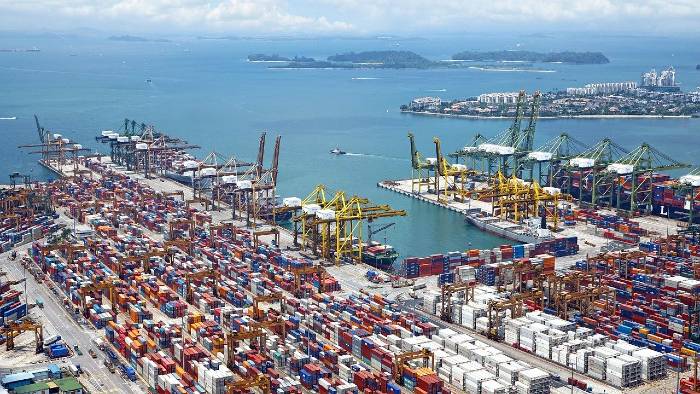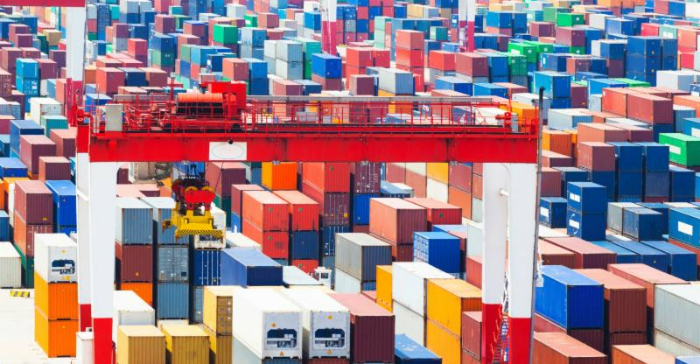In the fast-paced world of global commerce, the efficient transportation of goods is crucial. Among the various modes of transportation, air cargo stands out for its speed and reliability. However, ensuring the safe delivery of products via air freight involves navigating a myriad of challenges, with temperature and pressure being two critical factors that can significantly impact the integrity of shipped goods.
Continue reading “Navigating the Impact of Temperature and Pressure on Air Cargo Shipping”






